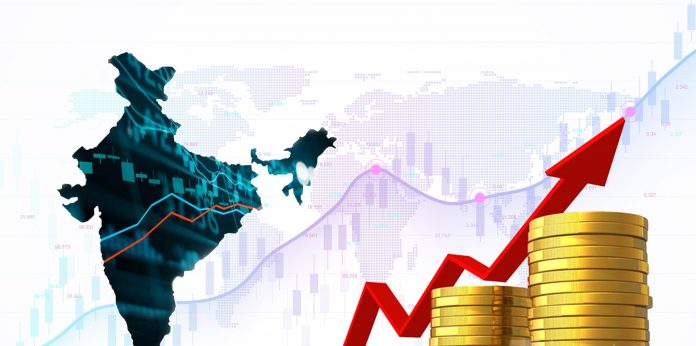- It is a no-brainer to understand the significance of consumption in the overall scheme of the country’s economy. The more robust the consumption patterns witnessed across diverse verticals of economic activities, the more strongly the country’s GDP and in turn, the health of the economy itself will be showcased. Due to the primacy gained by the manufacturing and services industries over the decades, and the agricultural industry continues to maintain its status quo of not challenging the emerging industries, the economy slowly but steadily started relying more on the consumption side.

PC: Vaishnavi kanukurti
- Especially, retail consumption has seen tremendous growth incommensurate with the aspirational people’s newfound preference for choosing to opt for purchases that a modern economy offers. In an improved sign of living standards, attractive commodities that makes life easier for the consumers have seen an increasingly northward movement leading to more demands to satiate the growing breed. Let us deliberate how this situation pans out. Note that in popular perception, lending banks have a reflexive association with factories and wholesale trades since the money from the lender eventually ends up there.
- Of course, there is a sound basis as to why the bank money ends up in factories and wholesale trades. In the same vein, there is yet another area that has increasingly been the recipient of bank resources, retail consumption. There is no mistaking the fact, duly authenticated by the available statistics that the banks have been at the forefront of India’s consumer boom over the last two decades. As reports suggest, presently about Rs. 28 of every Rs. 100 lent outside agriculture is towards personal loans, up from Rs. 19 a decade ago indicating how the young consumer is being facilitated by the banks towards realizing his/her aspirations.

PC: Annu Priya
- What emanates out of this trending feature is to note that about 56-57% of GDP comes from private consumption spending after adjusting for inflation. This amply demonstrates that private consumption is the foundation of India’s economic edifice. Conversely, anything that weakens the foundation should be a great cause of serious concern. For example, rising unemployment in the country is one such worry as the Centre for Monitoring Indian Economy (CMIE) reading was 14.7% for the week ended May 23, an unusually high rate for India. Continued lockdowns could be the primary cause for unemployment as people wish to play safe during uncertain times as the net financial savings of households show an unusual pattern.
- Further, the report shows that household net financial savings at the end of March 2020 were 7.8% of disposable income, a level that continues to be sticky for a while now. Naturally, the household has cut back on loans for obvious reasons leading to holding up net saving as well. The demography of youngsters with a median age less than 30 is rendered scarred by the first recession in over 40 years. Therefore, it is incumbent on the part of the Union Government think-tank to extend full support to scale-up consumption demand. This move will also allow the economic momentum to pick up thereby ensuring our foundation is strong.






